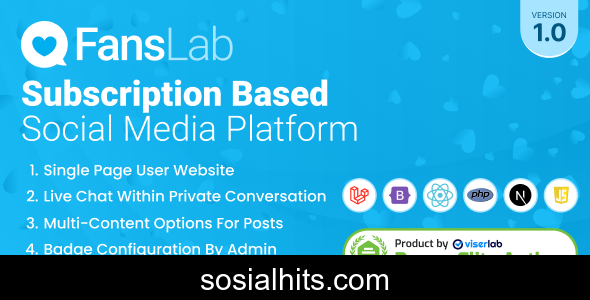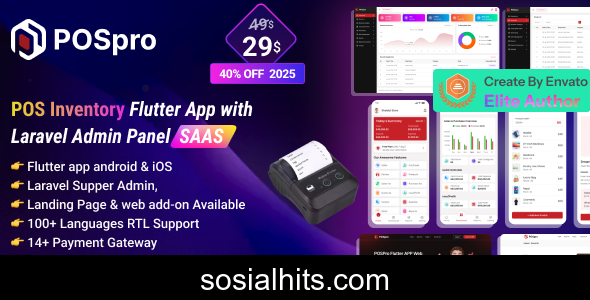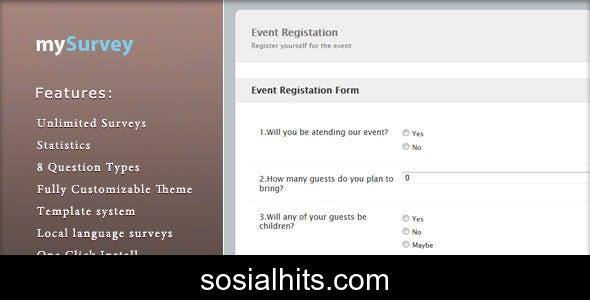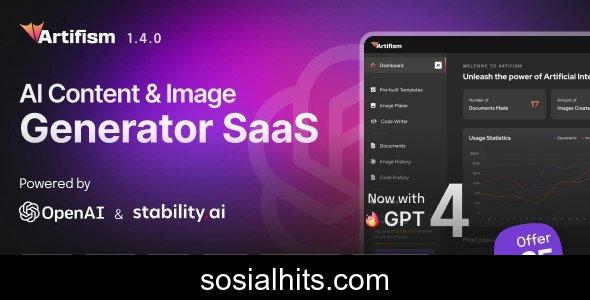eShop Web v2.10.5 - Multi Vendor eCommerce Marketplace / CMS - nulled
eShop Web v2.10.5 - Multi Vendor eCommerce Marketplace / CMS - nulled
eShop Web v2.10.5 - Multi Vendor eCommerce Marketplace CMS An In-Depth Look This article aims to provide an in-depth overview of eShop Web v2.10.5 - Multi...
eShop Web v2.10.5 - Multi Vendor eCommerce Marketplace / CMS: An In-Depth Look
This article aims to provide an in-depth overview of **eShop Web v2.10.5 - Multi Vendor eCommerce Marketplace / CMS - nulled**. While the search query may specifically include the term "nulled," this content will strictly focus on the legitimate features, functionalities, and technical aspects of this powerful e-commerce solution, designed to empower entrepreneurs and businesses with a robust online marketplace. We emphasize the importance of acquiring and using software through legal and ethical channels to ensure security, support, and continued development, which are crucial for any successful online venture.
Key Features of eShop Web v2.10.5
eShop Web v2.10.5 is packed with features designed to streamline operations for both marketplace administrators and individual vendors:
- Multi-Vendor Functionality: Enables multiple sellers to register, create their shops, and sell products independently on the platform.
- Comprehensive Admin Panel: A powerful dashboard for the marketplace owner to manage vendors, products, orders, categories, users, payments, and system settings.
- Vendor Dashboard: Dedicated interfaces for sellers to manage their inventory, track sales, respond to customer inquiries, and view performance reports.
- Product Management: Advanced tools for adding, editing, and organizing products with variations, attributes, images, and SEO-friendly descriptions.
- Order Management System: Efficient tracking and processing of orders, from placement to fulfillment, with status updates.
- Multiple Payment Gateways: Integration with popular payment methods to facilitate secure and diverse transaction options.
- User Management: Secure user registration, login, and profile management for customers, offering a seamless shopping experience.
- Responsive Design: Ensures the marketplace is accessible and user-friendly across all devices, including desktops, tablets, and smartphones.
- SEO Optimization: Built-in features to help improve search engine visibility for products and categories, driving organic traffic.
- Reporting & Analytics: Tools to generate insights into sales, vendor performance, and overall marketplace activity.
- Coupon & Discount System: Functionality to create and manage promotional offers to attract and retain customers.
Technical Specifications
To ensure optimal performance and compatibility, eShop Web v2.10.5 typically requires a standard web hosting environment with the following specifications:
- Server Environment: Apache or Nginx
- Programming Language: PHP (version 7.x or higher is generally recommended for modern scripts, though specific requirements may vary per version update)
- Database: MySQL (version 5.x or higher)
- PHP Extensions: PDO, cURL, GD Library, OpenSSL, MBString, JSON, XML, etc. (a full list would be provided in the official documentation).
- Disk Space: At least 100MB for the script files, plus additional space for product images and database growth.
- Memory Limit: Minimum 128MB (256MB+ recommended for better performance).
- Permissions: Proper read/write permissions for specific directories and files.
Adhering to these specifications is crucial for a stable and secure operation of your multi-vendor e-commerce marketplace.
Installation Guide (General Steps)
Installing eShop Web v2.10.5 involves a series of common steps for PHP-based web applications. This guide assumes you have a legitimate license and access to the official installation package:
- Download & Extract: Obtain the official script package from a legitimate source and extract its contents to your local machine.
- Upload Files: Connect to your web server using an FTP client (e.g., FileZilla) or through your hosting panel's file manager. Upload all the extracted script files and folders to your desired directory (e.g., `public_html` for the main domain, or a subdomain folder).
- Create MySQL Database: Access your hosting control panel (e.g., cPanel, Plesk). Navigate to the "MySQL Databases" section. Create a new database and a new database user, then assign the user to the database with all privileges. Make note of the database name, username, and password.
- Run Installer: Open your web browser and navigate to the URL where you uploaded the script (e.g., `yourdomain.com/install` or `yourdomain.com`). The script's installer wizard should automatically launch.
- Follow On-Screen Instructions: The installer will typically guide you through several steps:
- Checking server requirements and permissions.
- Entering database connection details (host, database name, username, password).
- Creating an initial administrator account for the marketplace owner.
- Complete Installation & Remove Installer: Once the installation is complete, you will usually be prompted to delete or rename the `install` folder for security reasons. It's crucial to perform this step immediately.
- Configure & Customize: Log in to your newly installed admin panel. Begin configuring general settings, payment gateways, shipping methods, categories, and initial product data.
Always refer to the official documentation provided with your purchase for the most accurate and detailed installation instructions, as steps can vary slightly between versions.
Conclusion
eShop Web v2.10.5 offers a robust and feature-rich foundation for anyone looking to build a multi-vendor eCommerce marketplace. Its comprehensive features for both administrators and vendors, coupled with its adaptable architecture, make it a powerful tool for establishing a dynamic online shopping destination. For sustained success, security, and access to future updates and support, it is imperative to acquire this and any software through legitimate channels. Investing in official software not only protects your business from vulnerabilities but also supports the developers who create these valuable tools, ensuring their continued innovation.
You Might Also Like
Explore more from the same category







